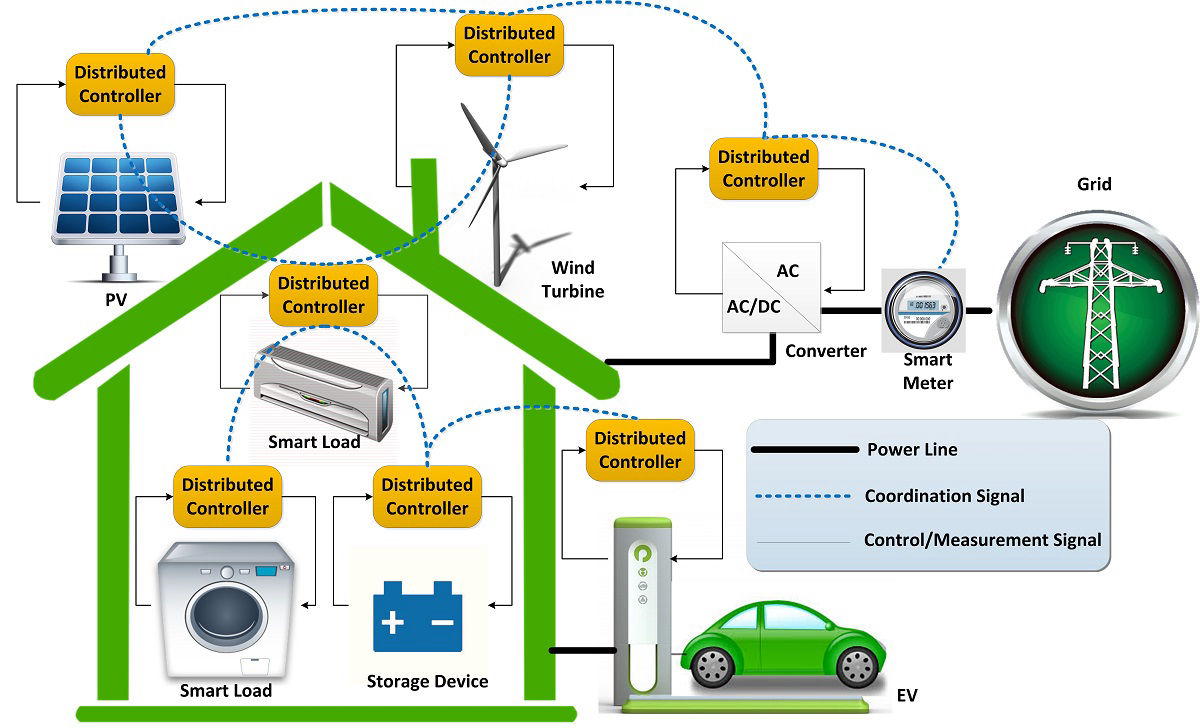The increasing demand for electricity and the emergence of smart grids have presented new opportunities for home energy management systems (HEMS) in demand response markets. HEMS are demand response tools that shift and curtail demand to improve the energy consumption and production profile of a dwelling on behalf of a consumer. HEMS usually create optimal consumption and production schedules by considering multiple objectives such as energy costs, environmental concerns, load profiles, and consumer comfort. Broadly, HEMS as encompassing any product or service that monitors, controls, or analyses energy in the home which is shown in Fig. This definition includes residential utility demand response programs, home automation services, personal energy management, data analysis and visualization, auditing, and related security services- Home energy management systems (HEMS) are on the rise, and a lot has changed since the first wave of hems start-ups hit the market in 2008 and 2009. The next few years will mark a growth phase that will result in a number of company acquisitions, millions of homes subscribing to hems services, and product offerings that are more desirable for consumers.
There are a number of ways to divide the HEMS market. One is to split solutions into utility and non-utility sectors. Utility solutions include both the utility and the thousands of homes enrolled in the HEMS program. These solutions require a detailed economic analysis custom-tailored to each utility, and typically boil down to a single-load-per-home demand response program or an energy efficiency and customer engagement initiative- Demand response systems are in the low-to-mid hundreds of dollars range, and baseload reduction/energy efficiency programs save 2 percent to 20 percent. Utilities typically do a one-time hardware purchase with an annual subscription service for energy management and integration services provided by the vendor-
Non-utility solutions focus solely on the home customer and integrate various smart home services, which fall under the broad definition of HEMS proposed above. The detailed economic analysis used for utility customers is replaced with a smart marketing campaign targeting the needs of homeowners -- vendors often enter the home with a security solution and then offer HEMS as an add-on sale

